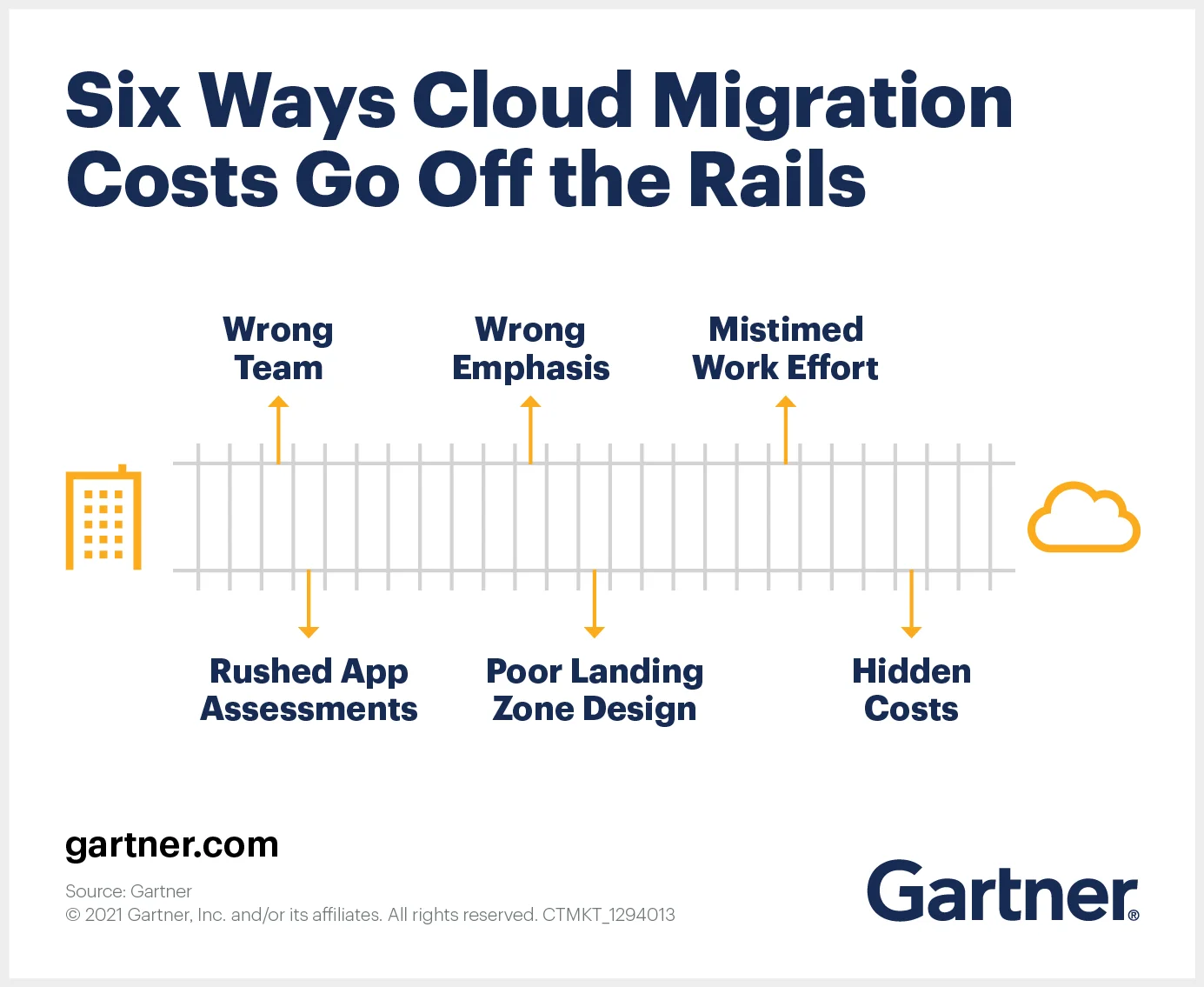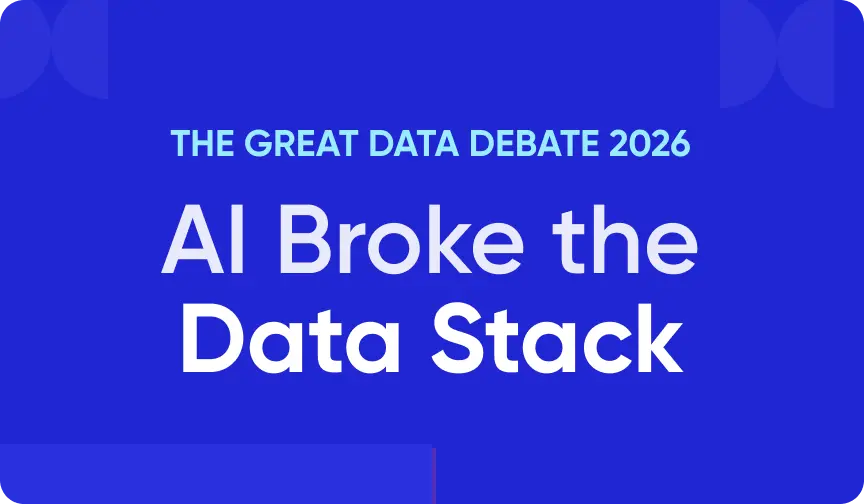Data Migration in Banking: Use Cases, Challenges, Implementation Strategy
Share this article
As banks modernize their infrastructure, adopt new technologies, or merge systems after acquisitions, data migration becomes a critical task. This process involves transferring vast amounts of sensitive financial data from legacy systems to newer platforms or consolidating data across multiple environments.
See How Atlan Simplifies Data Governance – Start Product Tour
This article explores the challenges of data migration in banking, best practices for a successful migration, strategies to ensure compliance during the process, and how to mitigate risks.
Table of Contents
Permalink to “Table of Contents”- What is data migration in banking?
- 4 prominent data migration use cases in banking
- 12 challenges in banking data migration
- Data migration in banking: Implementation strategy to tackle critical challenges
- Data migration in banking: How embedded data governance can help
- Summing it all up
- Related reads
What is data migration in banking?
Permalink to “What is data migration in banking?”Data migration in banking involves the process of transferring data from one system or storage environment to another.
According to Gartner, data migration promotes agility, scalability, business innovation, and cost optimization. As a result, enterprises benefit from increased business system availability, shorter project times, and greater data security.
Common use cases include:
- Transitioning from an on-premises solution to a cloud-based system
- Changing vendors by moving banking data from one warehouse into another
- Upgrading to a more advanced platform
- Consolidating banking records across platforms into a single system
Let’s explore each of the data migration use cases further.
4 prominent data migration use cases in banking
Permalink to “4 prominent data migration use cases in banking”1. Transitioning from on-premise to the cloud
Permalink to “1. Transitioning from on-premise to the cloud”“Many of the existing solutions for financial data management and analytics are based on a patchwork of legacy technologies that struggle to meet the latency and scale requirements of modern investment practices.” - Goldman Sachs
Banks are increasingly adopting cloud-based solutions for their scalability and cost-efficiency. The New York Times reports that banks see huge potential for cloud technology to make their systems faster, more nimble and responsive to the needs of their customers.
Moving financial data to the cloud allows for real-time analytics, operational agility, and improved customer experiences.
However, migrating sensitive data to the cloud presents regulatory and security challenges. Banks must ensure strict compliance with standards such as PCI DSS (for payment card data) and GDPR (for customer privacy). Critical measures like encryption, secure access controls, and audit trails must be implemented to protect sensitive information.
Additionally, migrating legacy data involves engineering challenges. As Jamie Dimon, chief executive of JPMorgan Chase, notes, “applications not only have to be “refactored,” but, more important, data also must be “re-platformed” so it is accessible.”
2. Switching warehouses
Permalink to “2. Switching warehouses”Banks often migrate from legacy data warehouses to modern solutions that offer faster query performance, real-time analytics, and improved scalability. For example, a bank moving from an on-premises data warehouse to a cloud-based data lake will gain better integration across business units, allowing for more accurate risk assessments and fraud detection.
During such migrations, ensuring the compatibility of the new warehouse with existing core banking systems, CRM platforms, and regulatory reporting tools is crucial. Data mapping and transformation are critical to ensure records are transferred seamlessly and are accessible in the new system.
3. Upgrading to a more advanced platform
Permalink to “3. Upgrading to a more advanced platform”When banks upgrade their core systems or digital banking platforms, they often need to migrate customer data, transaction records, and analytics dashboards. This typically happens when adopting more advanced technology that supports mobile banking, AI-driven financial insights, and enhanced security features like multi-factor authentication.
Ensuring data integrity and minimizing service disruptions during these migrations are essential to guarantee continuous access to online banking and payment services.
4. Setting up a unified control plane as a consistent layer of oversight
Permalink to “4. Setting up a unified control plane as a consistent layer of oversight”In large financial institutions, data is scattered across numerous platforms, including payment systems, trading platforms, and customer management tools.
Establishing a unified control plane creates a consistent layer of oversight, integrating all these disparate data sources and systems. This approach enables banks to offer personalized services and real-time insights, all while maintaining strict compliance with data privacy laws.
This architecture empowers diverse end-users, such as financial analysts and compliance officers, by providing seamless access to the data they need for their roles. For instance, a financial analyst might need real-time access to transaction data for risk assessments, while a compliance officer may require comprehensive audit trails to ensure regulatory adherence.
It also enables AI use cases, powering smarter banking operations by leveraging metadata to provide critical context and trust in the data.
For example, AI systems can analyze underwriting decisions–everything from mortgages to corporate borrowing–by evaluating risk factors, credit histories, and market conditions. This enables faster, more accurate lending decisions, enhancing both customer experience and the bank’s financial stability.
Having understood the concept and potential use case of data migration in banking, let’s look at the practical aspects of migrating data – challenges faced, implementation strategy, and best practices for success.
12 challenges in banking data migration
Permalink to “12 challenges in banking data migration”Data migration in banking is a complex process with numerous challenges, such as:
- Regulatory compliance requirements with a wide range of data privacy and security regulations (PCI DSS, GDPR, Sarbanes-Oxley Act) during migration
- Data security and privacy concerns that increase the risk of data breaches
- Data integrity, consistency, and accuracy issues during the migration process
- Complex, siloed legacy systems that aren’t compatible with modern platforms
- Managing large volumes of diverse data assets across the enterprise
- Downtime and service interruptions during the migration process
- Technical compatibility and integration with existing systems in the data ecosystem
- Resource and cost management without overshooting the budget or sacrificing quality
- Performance optimization post-migration to ensure that the new systems are optimal
- Change management and training to adapt to new platforms and processes
- Data synchronization across multiple systems
- Testing and validation of all data and systems

Why cloud migration costs can spiral - Source: Gartner.
Data migration in banking: Implementation strategy to tackle critical challenges
Permalink to “Data migration in banking: Implementation strategy to tackle critical challenges”To overcome the challenges discussed earlier, a structured implementation strategy is essential. Here’s how healthcare organizations can tackle them:
- Pre-migration planning and assessment: Conduct a comprehensive assessment of the existing data environment. Identify legacy systems, determine potential risks, and establish a plan for transforming and migrating datasets.
- Data governance framework: Establish a comprehensive data governance framework to ensure data quality, security, and compliance. Define clear data governance roles (data stewards, governance managers, etc.) to oversee the migration and ensure adherence to industry regulations.
- Design a phased migration approach: Adopt a phased approach to data migration, allowing for incremental transfers, testing, and validation to minimize downtime and ensure system stability throughout the migration process.
- Prepare for the migration: Clean and organize data before migration to avoid issues with data quality in the new system. Additionally, map data accurately to the target system to ensure consistency.
- Test your migration: Validate the data (transaction records, customer information, etc.) by running tests to ensure data accuracy and system performance.
- Monitor and optimize post-migration: Continuously monitor the system post-migration to detect performance bottlenecks, security issues, or compliance risks.
- Train your team and offer continuous support: Provide the necessary training and support to your teams to adapt to the new platform. Ensure that they understand the new processes and can navigate the system effectively while complying with your governance requirements.
Data migration in banking: How embedded data governance can help
Permalink to “Data migration in banking: How embedded data governance can help”Successful banking data migration requires embedding data governance at every stage of the data life cycle.
According to Gartner, enterprises should consider leveraging automation to embed governance adherence feedback directly into workflows, minimizing workflow disruptions and establishing robust processes.
Key elements of embedded data governance include (but aren’t limited to):
- Data governance policies for data quality (data accuracy, completeness, consistency), data integration, access, and compliance to ensure that the migrated data remains accurate, complete, and reliable.
- Data lifecycle management policies—from creation and storage to archival and eventual deletion–to govern data through all of its transformations.
- Data integration policies to define the standards for combining data from various sources (CRMs, banking apps, payment systems).
- Metadata management by adopting a ‘metadata lake house’ approach, which will map data across different systems and ensure end-to-end ecosystem enablement.
- Active, automated, cross-system data lineage built on rich active metadata
- Data access and security controls that can be customized according to user role, data domain, projects.
- Compliance with regulations throughout the migration process that’s thoroughly documented with automated audit trails, data access logs, etc.
Also, read -> The active data governance manifesto
Summing it all up
Permalink to “Summing it all up”Data migration in banking is a complex but essential process for modernizing infrastructure, ensuring compliance, and maintaining data security. By adopting a structured strategy, embedding data governance at every stage, and leveraging modern tools, banks can mitigate risks and ensure a smooth migration.
As the industry evolves, a well-executed data migration strategy sets the foundation for future growth and innovation.
Data migration in banking: Related reads
Permalink to “Data migration in banking: Related reads”- Benefits of Moving from On-Premise to Cloud
- Data Migration: On-Premise to Cloud - 10 Steps to Success
- 8 Essential Strategies to Fast-Track Your Cloud Migration Journey
- Cloud vs On-Premise vs Hybrid: Choosing the Right Data Management Approach
- Data Governance in Banking: Complete Guide for 2024
- Benefits of Data Governance: 4 Ways It Helps Build Great Data Teams
- Cloud Data Warehouses: Cornerstone of the Modern Data Stack
- What is data governance & why does it matter?
- 7 Best Practices for Data Governance to Follow in 2024
- Benefits of Data Governance: 4 Ways It Helps Build Great Data Teams
- Data Governance Policy: Examples, Templates & How to Write One
- Key Objectives of Data Governance: How Should You Think About Them?
- Automated Data Governance: How Does It Help You Manage Access, Security & More at Scale?
Share this article





















